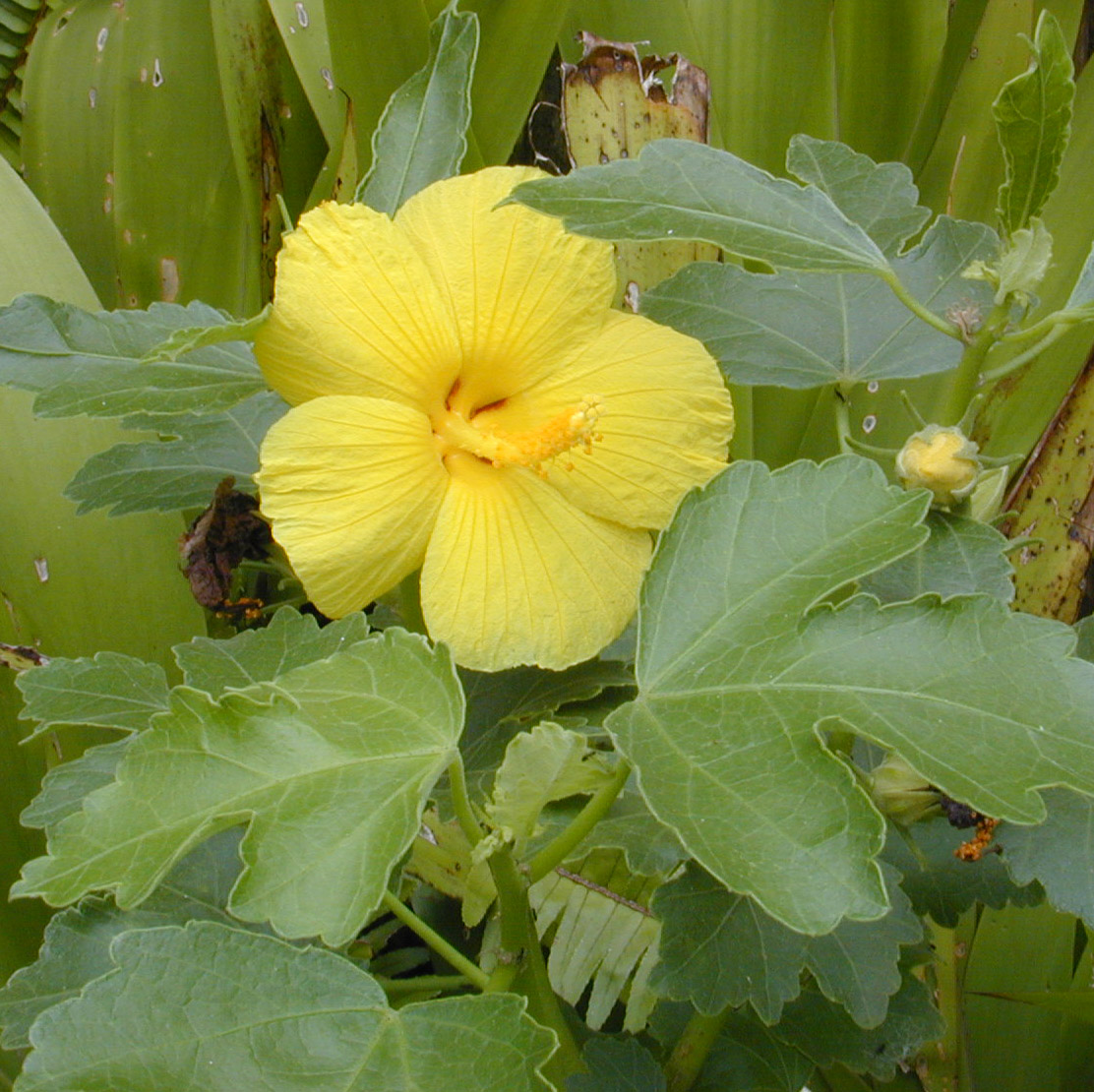
- Introduction
- Geology
- Restoration
- Principals
- Succession
- Seed Bank
What is Ecological Succession?
The composition of the "new" vegetation is not going to be a replication of what was removed, unless that removed vegetation was the result of some other recent disturbance. If a forest is removed, replacement of the trees might take years, perhaps decades. Instead, the plants that appear are species that can do well in the new "open" (no longer shaded) environment, and may be none of the previous inhabitants but for scattered seedlings of the harvested trees. Shrubs and herbs previously growing in the forest will do poorly after the removal of shade. Species best adapted to disturbed conditions are known as pioneer species. We also call these ruderal weeds: the sort of plants that take over an empty lot after it is cleared. Although the ruderal species we now generally encounter are non-natives, native pioneer species do exist. The plants that come in not long after a lava flow has burned out and buried the previous vegetation are native pioneers uniquely adapted to taking hold on bare rock and cinder<2><3>.
If left undisturbed, these pioneer species will eventually themselves be replaced in a process called succession (that is, one group of plant species succeeds another). The very first plants alter the original harsh environment, gradually making it more suitable for other plants. Eventually, conditions encourage the return of the forest, or at least a forest. The constant introduction of new species to the Islands greatly complicates orderly succession, introducing new possibilities of plant species dominating any particular landscape to the exclusion of the natives that would have succeeded there.
Consider all this in light of the past history of these isolated islands. The Polynesians arrived and cut down the lowland forests to use the land for villages and agriculture. Ruderal "weeds" moved in, being mostly plants accidently introduced by the immigrants from elsewhere in the Pacific. Much of the lowland landscape was utilized in support of species—the so-called "canoe plants"—useful to these first inhabitants. As effective as this transformation of the landscape proved to be, lacking the modern-day global transportation network very much limited the number of plant species introduced to new places as Polynesians emigrated across the Pacific.
Modern history of disturbance of the land has had a far different outcome. More effective land clearing, introduction of "landscaping" with ornamentals from afar, and opening of routes of introduction for seeds and spores from all corners of the globe set up scenarios that greatly disadvantaged the native flora of the Islands. The introduction of these alien plant species has and continues to alter the multiple courses of succession that had previously led to stable, native ecosystems (the climax plant communities). Every disturbance of a native ecosystem accelerates the process of invasion by restarting a process of succession with many new "players" involved. Still, succession is a process and processes can be interfered with. If we can mess with the natural order to have an undesirable outcome, it should be possible to mess with the "unnatural" order and guide it towards a desirable outcome. And we do this by messing with the seed bank.
Basic principals: Seed Bank ![]() CLICK HERE
CLICK HERE

• Hibiscus brackenridgei A. Gray